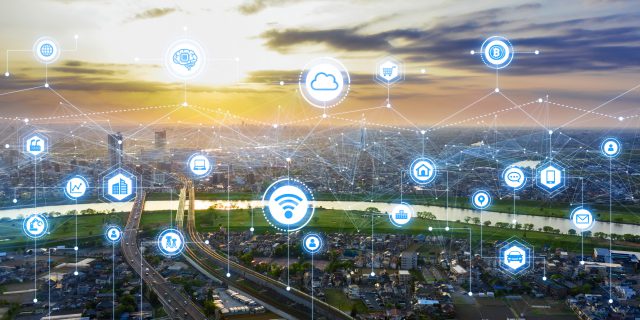We know that reliable information guides decisions and saves money, which is why, thanks to improvements in technology and the IoT, data is a crucial tool in asset management.
In the world of infrastructure, it’s essential to know what assets we have and where they are and in what condition. Maintaining this knowledge is a core responsibility of good stewardship, and our asset inventories and spatial systems should already provide much of this information.
However, infrastructure assets change over time, which means that tracking their performance is another critical aspect of asset management. Using real-time data to optimise processes and track asset performance will strengthen decision-making and assist in managing risk.
We live in changing times, and the way we monitor assets also needs to change. While physical inspection will always play an essential role in infrastructure management, the use of technology and the gathering of asset performance metrics to monitor asset degradation, identify usage patterns and warn of potential failure will become increasingly common in the future.
The IoT and data analytics are powerful tools for asset managers seeking to achieve these aims. Take one aspect of asset management as an example – bridge maintenance. In this field, the consequences of poor asset management can be tragic, such as the collapse of the Morandi Bridge in the Italian city of Genoa. The 1182-metre-long cable-stayed bridge was one of the longest concrete bridges in the world when it was built in 1967, spanning the Polcevera valley, a river, a railway depot, densely populated residential areas and several large factories below. A 210-metre section of the bridge collapsed during a fierce storm with heavy rain in August 2018, claiming 43 lives and leaving 600 people homeless. Two years on, in the absence of any hard evidence, authorities still don’t know why the bridge collapsed.
Employing bridge monitoring systems
Asset tracking and the data it generates can help avoid catastrophes like the Morandi Bridge collapse. The maintenance of ageing bridge infrastructure is a major issue in Australia, where around 70 per cent of our bridges are more than 50 years old. The best known of them is, of course, the Sydney Harbour Bridge, a steel through arch bridge constructed in 1932.
Maintenance of the heritage-listed 1,149-metre bridge is famously protracted. Six million hand-driven rivets need to be monitored and all 485,000 square metres of the bridge’s exposed steel must be regularly painted to prevent oxidisation and rust, each coat taking 30,000 litres of paint. Historically, workers have ascended gantries, climbed through tunnels and abseiled below deck to carry out precarious visual inspections for damage.
In 2014, CSIRO’s Data61 team installed a system of 2,400 smart sensors across the bridge to capture vibration data, which allows maintenance crews to monitor the bridge’s performance in real-time. A defect or a crack will change the frequency of vibration; when the sensors detect vibrations outside of the normal range, the system sends out automatic alerts. This automated system and the wealth of data it generates will become even more critical to maintaining the bridge and extending its life as the climate changes, particularly as traffic volume inevitably increases.
Asset management systems and local government
Overseas, data gathered by IoT sensors embedded in roads and bridges has been used to model potential outcomes in the event of high wind loading and earthquakes. Sensors can also measure traffic volume, temperature changes and weather conditions to improve road safety. In a future where self-driving vehicles become the norm, inbuilt road sensors will be a critical component of the road network.
ALGA’s 2018 National State of the Assets: Road and Community Infrastructure report shows that the adoption of asset-management plans among local government is declining – a trend that needs to reverse if assets are to be managed effectively over their long lifecycles. Thanks to sensor technology, the IoT and analytics, data is an increasingly cheap and accessible resource, which we can use to supercharge asset management in an era of increasing budgetary constraints.














